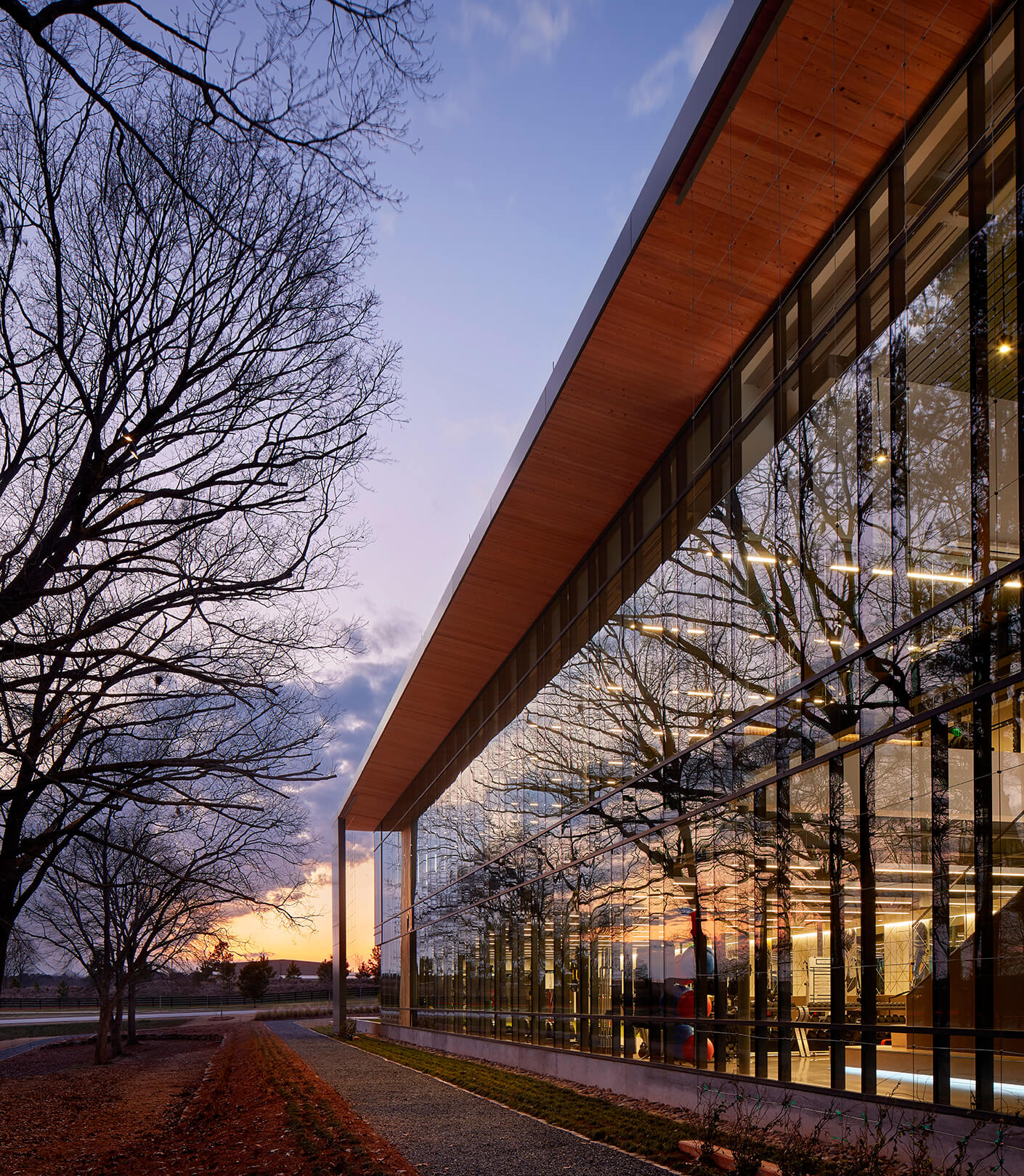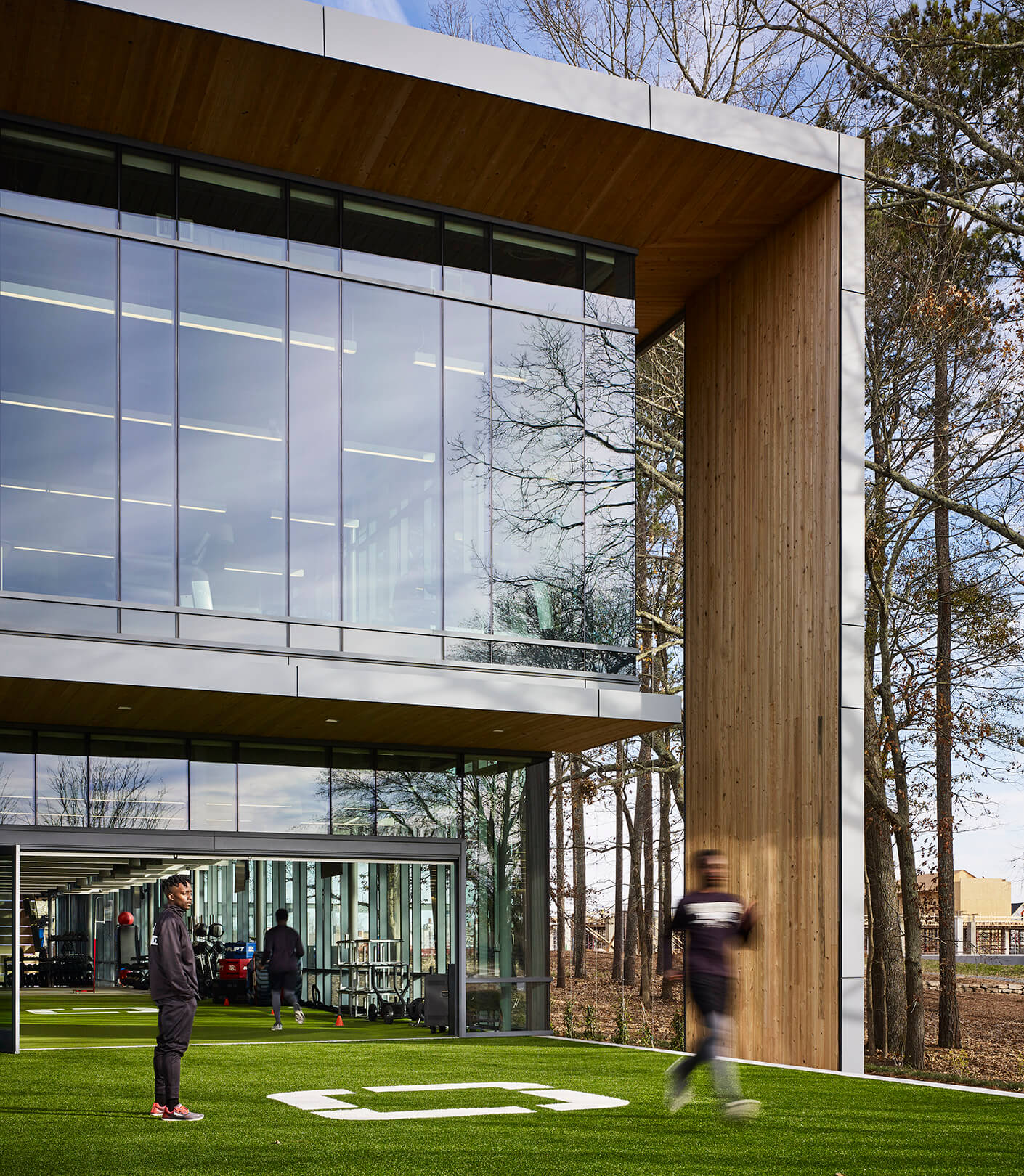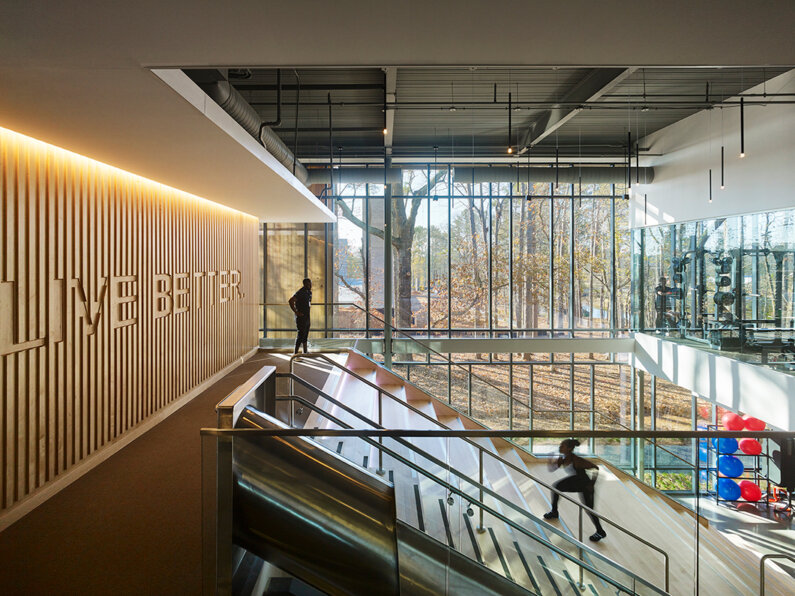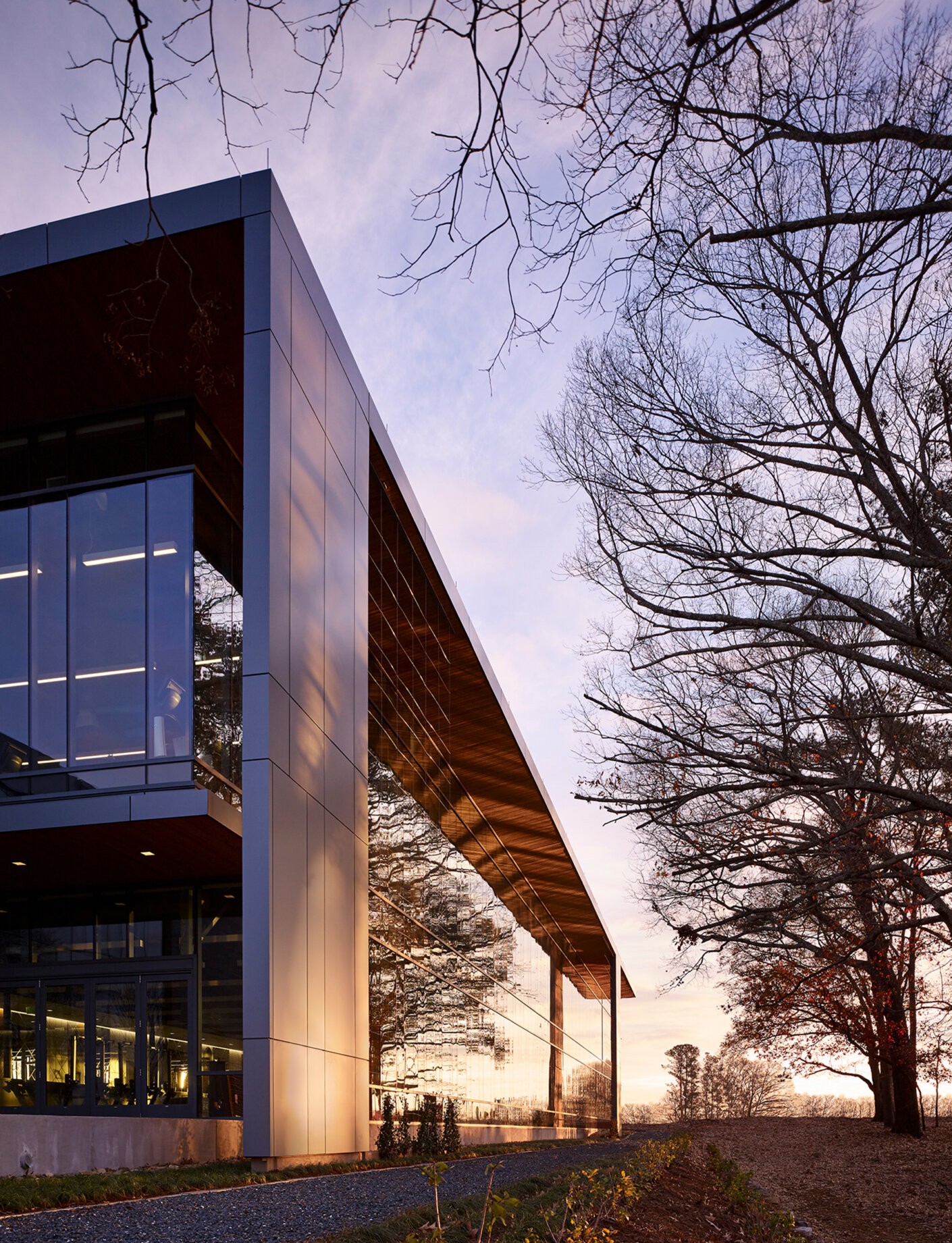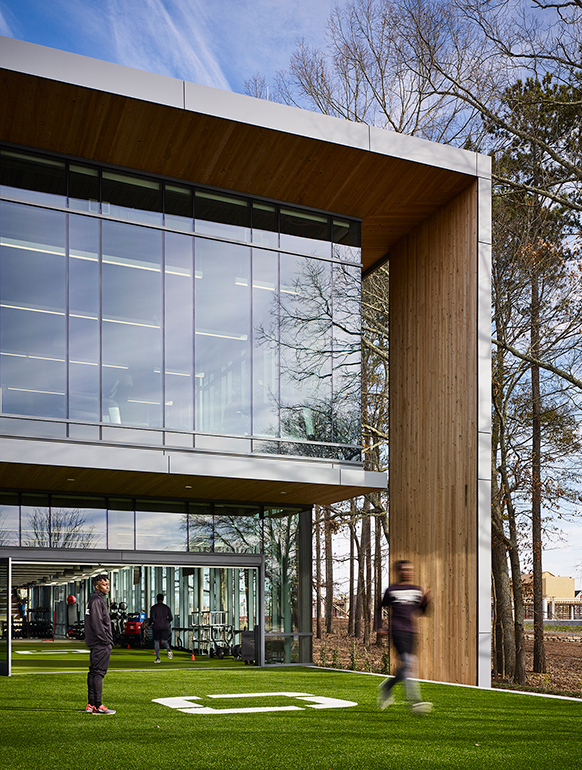The following piece explores a research article written by Joshua Robinson, one of our healthcare designers, and Dr. Pegah Zamani, a professor at Kennesaw State University, in the 24th issue of the Perkins&Will Research Journal. We zoom into the “why” behind Robinson and Dr. Zamani’s ongoing research.
In New York City, a South Bronx hospital saw an influx of cases stemming from diabetes and high blood pressure, its leadership decided to push beyond just renovating their emergency department. Instead, they went further and repurposed vacant lots for a local farmers’ market that could also host healthy cooking classes for people to socialize and integrate healthier habits into their daily life.
This is only a primary instance of a non-medical determinant, or a treatment that falls outside of the traditional methods of medical and health care. And while it may be easy to write this off as a fun, nonconventional approach, consider these statistics from the New York State Health Foundation: 40% of health determinants stem from social and economic factors, 30% is due to health behaviors, and 10% to environmental factors. Ready for the kicker? Only 10% stem from medical care. So valuing these kinds of solutions can have wide-ranging implications for urban planning and building healthier communities.
That’s exactly what Joshua Robinson, a healthcare designer at our firm, and Dr. Pegah Zamani, a professor at Kennesaw State University, have considered in their recent research article, “An Interlace of Regenerative Design in Ambulatory Care: Emerging Practices and Principles of Healthcare Decentralization in Community-Based Design.” Throughout this piece, they analyze the Piedmont Wellness Center in Fayetteville, Georgia, which was designed by the Perkins&Will Atlanta studio and is one of the largest wellness centers in the country promoting healthcare and fitness alongside a residential community.
“Our interdisciplinary team seeks morphological models, design strategies and the ways in which the ecological, socio-economic determinants impact public health in built and natural environments,” says Dr. Zamani. “Beyond its conventional boundary, our healthcare environment can play a vital role in advancing day-to-day resiliency and health equity of a community.”
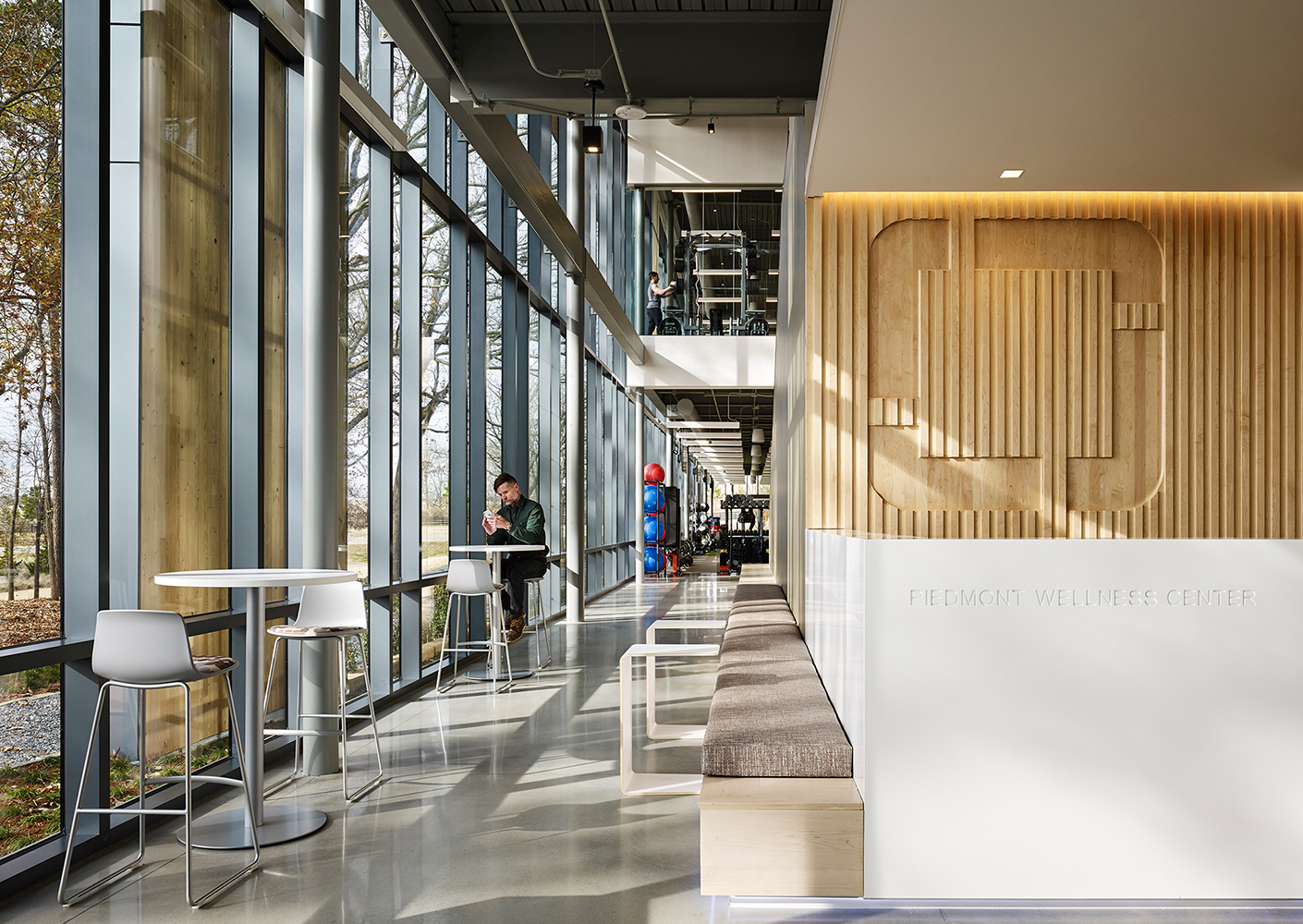
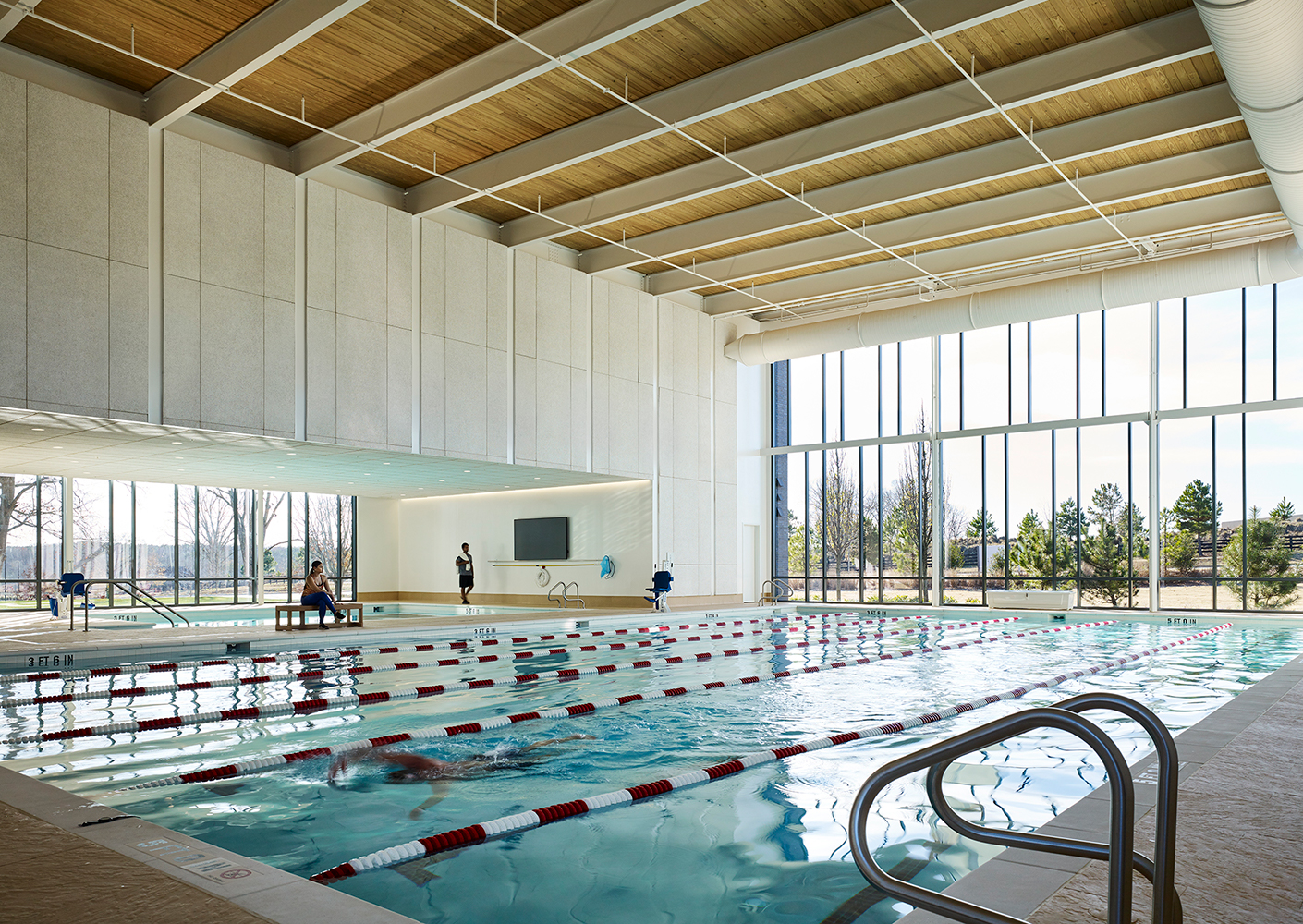
Regenerative Design in Action
The 54,000-square-foot Piedmont Wellness Center takes a holistic approach to preventative care. Its integrated design includes a variety of settings and programs, such as exercise classes, nutrition and health education, and medical fitness programs, that make it an excellent example of making healthy living exciting.
To understand how this project relates to wellbeing, Dr. Zamani and Robinson focused on the building properties through three lenses: wellness, biophilia, and community-based design. The design considers health at every square foot of its grounds. Natural elements take multiple forms, flanking the interior walls and serving as both a socializing and work out space through the stadium stairs. A giant slide runs along the stairs to create a playful atmosphere. Expansive windows provide a number of direct views to the nearby soccer fields and the Pinewood Forest dotted by an accessible hiking trail. Those taking a stroll will find art installations along the way. And for the warmer months, staff members can open floor-to-ceiling doors to open for the boot camp-style workout areas. For patients looking for more restful solutions, the facility also offers nutritional counseling and outpatient rehab services. These regenerative design strategies can affect every aspect of health, no matter where a patient is in their wellness journey.
“Of course, standardizing holistic design elements into every project is an ongoing endeavor,” says Robinson. “Our focus is to implement regenerative design with a focus on equity and sustainability, whether we’re designing hospitals, schools, or even a corporate plaza.”
